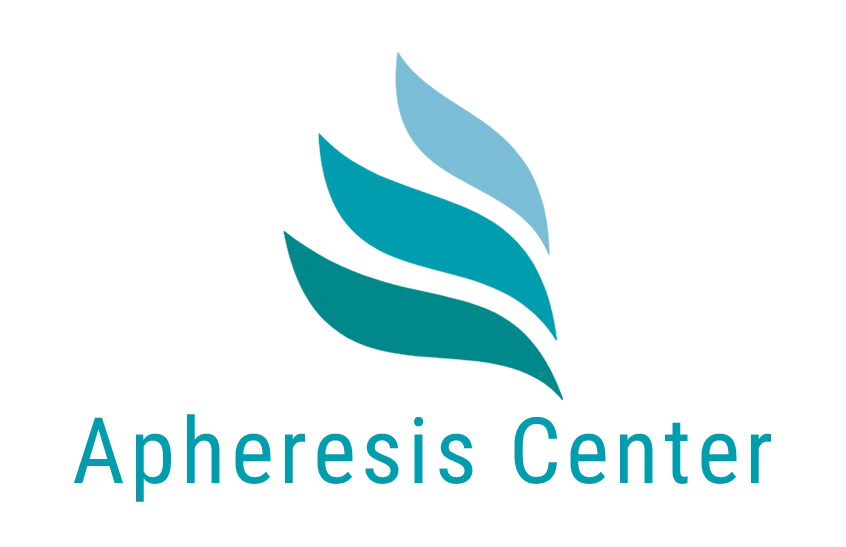Author: Tanja Walser
Living in the In-Between: The Nervous System in Long COVID Recovery
May is Mental Health Awareness Month, a timely opportunity to explore the deep connection between chronic illness and emotional well-being. For people navigating Long COVID recovery, mental health is often challenged not just by the unpredictability of symptoms, but by neurological and nervous system changes that are only just beginning to be understood.
Long COVID isn’t just “in your head” – but it does affect your brain and nervous system in powerful ways. Research shows how post-viral inflammation and nervous system dysregulation can lead to anxiety, brain fog, low mood, and emotional fatigue. By understanding how the nervous system is impacted, we can create more compassionate and effective strategies to support the body and mind through recovery.
How Long COVID Affects the Nervous System
One of the reasons Long COVID is so challenging is that it often impacts multiple branches of the nervous system – central, autonomic, and peripheral. Let’s briefly look at each.
1. Central Nervous System (CNS)
The CNS includes the brain and spinal cord. Research using neuroimaging shows that some people with Long COVID experience neuroinflammation, changes in grey matter, and alterations in regions associated with memory and emotion. This may help explain symptoms like:
- Difficulty concentrating or remembering things (“brain fog”)
- Mood swings or low mood
- Sensory overload (light, sound, crowds)
2. Autonomic Nervous System (ANS)
The ANS controls automatic bodily functions like heart rate, blood pressure, digestion, and temperature regulation. For many with Long COVID, this system becomes dysregulated – a condition often referred to as dysautonomia. This can manifest as:
- Heart palpitations or racing heart (especially on standing)
- Dizziness or light-headedness (POTS-like symptoms)
- Digestive issues
- Sleep disturbances
- A heightened or prolonged stress response
This constant state of “threat” can push the body into a sympathetic-dominant state, making it harder to heal or rest.
3. Peripheral Nervous System (PNS)
Though less commonly discussed, the PNS can also be affected. Some people report tingling, burning, or numbness in limbs – a sign of small fibre neuropathy.
Why Mental Health Is Often Affected
If you’ve found yourself feeling more anxious, emotionally flat, or mentally exhausted, you’re not alone – and you’re not imagining it.
When the nervous system is inflamed or dysregulated, the brain’s ability to modulate mood, manage stress, and process emotions is affected. Your internal resources are stretched thin, and the usual coping strategies may feel less effective. Some contributing factors include:
- Neuroinflammation, which has been linked to depression and cognitive changes
- Cortisol and HPA-axis dysregulation, which can alter energy, motivation, and resilience
- Sleep disturbance, which affects emotional regulation and memory
- Autonomic arousal, which can make it difficult to “switch off” or relax
There’s also the emotional toll of living with a chronic condition that’s still misunderstood by some parts of the medical community or wider society.
The nervous system isn’t an isolated structure – it’s part of a dynamic, adaptive system that responds to environment, lifestyle, trauma, and inflammation. Supporting it doesn’t require perfection. Instead, it’s about providing the body with consistent signals of safety, nourishment, and regulation.
Here are evidence-informed strategies that can support nervous system recovery and resilience.
1. Work With, Not Against, Your Nervous System
Pushing through fatigue, ignoring symptoms, or trying to “power through” a crash often backfires. Instead, adopt the concept of pacing with self-compassion. This means:
- Planning activities around your current energy levels
- Allowing for rest without guilt
- Tracking patterns (energy, sleep, stressors) over time
Many people find daily rhythms and predictability calming for the nervous system – even if your capacity is low. A simple morning or bedtime ritual can anchor your day.
2. Vagus Nerve Support
The vagus nerve is a key player in regulating the parasympathetic (rest-and-digest) state. You can’t will yourself into relaxation – but you can send gentle signals that it’s safe to soften. Low-effort techniques include:
- Slow diaphragmatic breathing (e.g., inhale for 4, exhale for 6–8)
- Humming, chanting, or singing (activates vagal tone)
- Cold water splashes on the face (brief and not extreme)
- Gargling (stimulates vagus through throat muscles)
- Safe social connection, even virtually
While these may seem small, over time they train the nervous system toward a more regulated baseline.
3. Gentle Somatic Practices
Somatic (body-based) approaches can help discharge stress and build interoception – your ability to sense internal signals. Practices that can be tailored to energy levels include:
- Restorative yoga or yoga nidra
- Body scans and grounding exercises
These practices shift the body from a defensive state to one of openness and repair.
4. Create Micro-Moments of Safety
If you’ve been living with heightened threat signals – physically or emotionally – your nervous system may be in a chronic state of hypervigilance. Even tiny moments of felt safety are powerful. Try:
- Sitting in sunlight or natural light
- Wrapping yourself in a soft blanket
- Listening to calming music or nature sounds
- Looking at calming imagery (e.g. trees, ocean, pets)
- Engaging the senses (e.g. essential oils, herbal teas)
These aren’t “nice extras” – they’re information. You’re showing your nervous system it’s safe to shift gears.
5. Rebuild Resilience, Gently
Nervous system regulation isn’t about “bouncing back” quickly – it’s about building capacity over time. This might include:
- Prioritising consistent sleep-wake times (even if sleep is fragmented)
- Taking tech breaks to reduce sensory overload
- Spending brief time in nature or natural environments
- Setting gentle boundaries to avoid overwhelm
Look for small, repeatable habits that your body can come to trust.
The Body Remembers How to Heal
Recovery from Long COVID is complex, but the body is not broken – it’s responding intelligently to overwhelming input. Nervous system support doesn’t promise instant results, but it lays a foundation for gradual, sustainable healing.
During Mental Health Awareness Month, it’s important to acknowledge that mental health is physical health – especially in conditions like Long COVID. Nervous system care is a vital part of recovery, not an optional extra. You are not weak for struggling – your body is doing its best to protect you.
There is a path forward, even if it’s winding.
If you’re curious about how functional medicine health coaching could help in your own Long COVID recovery, Tanja offers a free 20-minute conversation to explore what next steps might feel most supportive for you. Click here to book a time that suits you.


